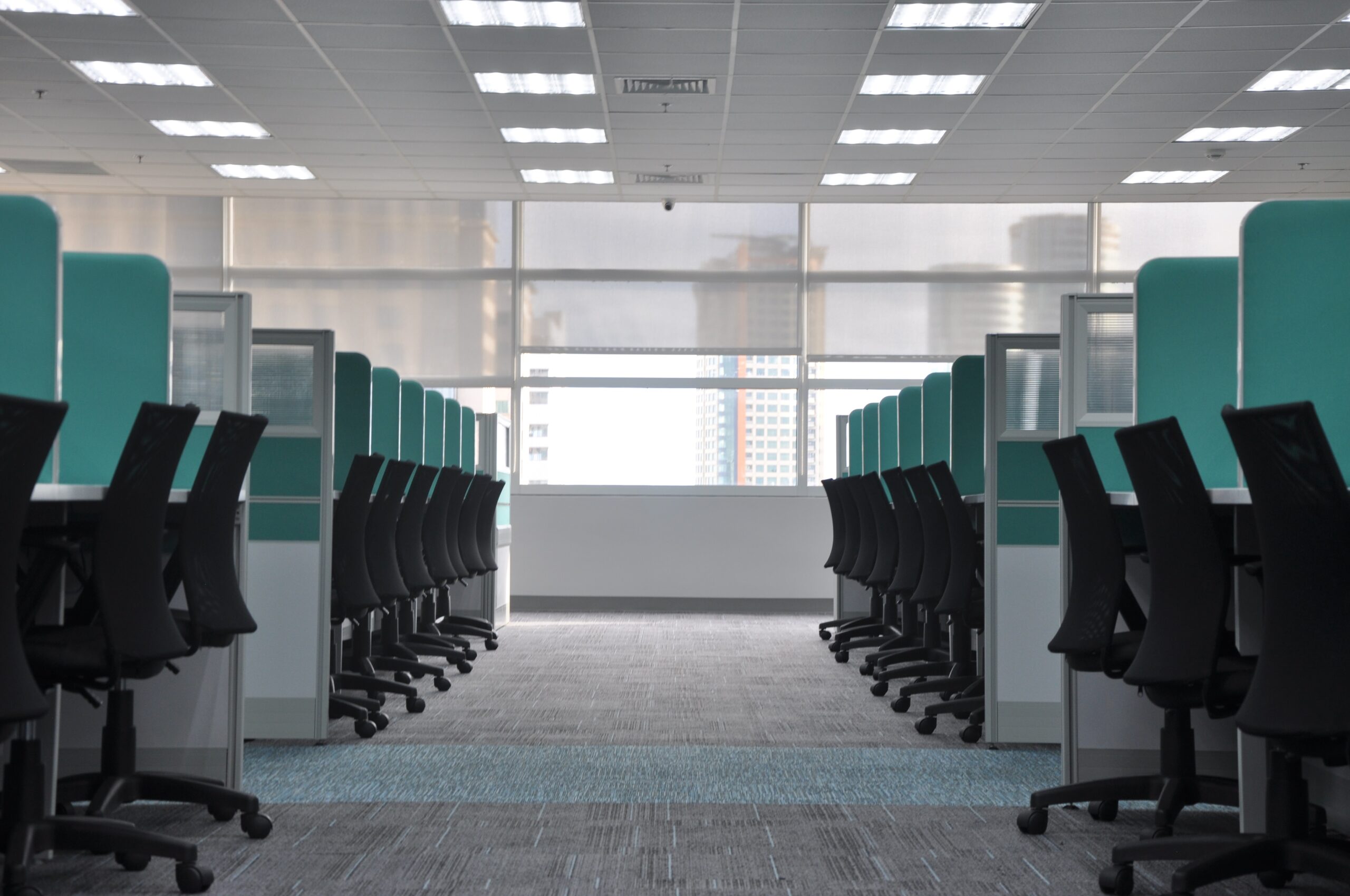Despite resistance and industrial actions at organisations like the Office for National Statistics (ONS), mandates for the UK public sector to return to the office are increasing attendance. However, this resurgence comes with its own set of challenges.
Many offices were downsized during the pandemic. Now, as workforces grow, public sector organisations face a new problem: a shortage of available office space. Given the tight budgets these organisations typically operate under, expanding physically isn’t necessarily the solution. Instead, the answer lies in using existing spaces more effectively to make sure that everyone in the office has a place to work from comfortably and productively.
Public sector organisations, including non-departmental public bodies, are turning to workplace management technology to solve this new workspace puzzle. This helps them adapt to hybrid working arrangements which require a flexible and efficient use of space.
The success of this approach relies on gathering accurate, reliable data. A room booked doesn’t always guarantee that someone will turn up. Public sector organisations must track actual attendance and fulfilled bookings to manage current workspace constraints and plan for future needs. Without reliable data, the public sector might struggle to maintain the success of office mandates.
So, how can workplace management technology help the public sector manage a potential shortage of office space due to rising occupancy rates?
The hybrid office headache
The scramble for space has become a daily challenge. Employees arriving at the office face a lack of available desks, forcing them to set up makeshift work areas in bustling cafeterias or cramped corners. This shortage of proper workspaces isn’t limited to desks alone. Meeting rooms and collaborative areas are in short supply, and even basic resources like printers and monitors are harder to come by.
The office can often feel overwhelmingly crowded and employees might even find themselves queuing for basic amenities. Common areas such as kitchens and lounges quickly exceed capacity, turning what should be simple breaks into a jostle for space. The lack of meeting rooms means no quiet spaces for team discussions or privacy for one-on-one meetings with managers, which are crucial for effective communication and mentoring.
Such overcrowding makes the office an uncomfortable place to work and increases noise, reduces air quality and heightens stress, ultimately impacting overall morale and productivity. The confusion over who is in on any given day only adds to the chaos, disrupting project timelines and workflow. For managers, these issues complicate the task of creating a productive and healthy work environment.
Smarter use of space with data
To address these challenges, public sector offices are stepping up their game with advanced workplace management technology. These systems do more than just book a desk or a booth. They integrate resource booking systems and sensors to monitor occupancy and track environmental conditions.
Rather than relying on general observations, experience, or assumptions about how space should be used, facility and office managers are now armed with insights into the gap between bookings and actual usage. This helps them make informed changes, reallocate resources, and adjust layouts to prevent issues like overcrowding or underutilisation.
By knowing exactly when and where people use office space, these tools ensure that every square inch serves its purpose. This is crucial in the public sector, where limited office space demands adaptable solutions that can manage resources effectively, making the workplace both flexible and accommodating.
By using data from sensors to maintain optimal air quality and temperature, public sector organisations can also create a healthier, more comfortable work environment. Poor air quality can lead to health issues like headaches, fatigue, and respiratory problems, reducing employees’ ability to focus and perform tasks efficiently. Similarly, uncomfortable temperatures can distract workers and decrease their overall productivity.
Additionally, the data these tools gather enables the forecasting of future space needs. This insight allows public sector organisations to quickly and efficiently respond to changes and emerging demands. It’s this kind of smart, responsive management that turns limited office space into a place where productivity thrives, and employees feel good about where they work.
Smart spaces, smarter work
Building on the foundation of advanced booking systems, public sector organisations are also transforming how employees interact with their work environments. These tools extend beyond basic space reservations, offering features that improve daily operations and the employee experience.
For example, features like ‘find a colleague’ simplify navigation in large offices, ensuring quicker and easier collaboration. Or if a hybrid meeting needs to be booked, these tools can support the seamless integration of in-person and remote participants, helping all employees feel connected and involved.
In addition, offsite booking tools empower public sector workers with greater work location flexibility. Imagine a social worker in Manchester seamlessly booking a workspace in Liverpool for upcoming meetings. This eliminates location barriers, makes transitions easier and boosts productivity. By enabling employees to match their space to their work needs, these tools support a modern hybrid workforce and improve overall job performance.
Future-proofing public sector workplaces
The public sector faces a unique challenge: accommodating a returning workforce while balancing office space needs. Effective workspace management is the key to this as advanced booking systems and occupancy tracking offer practical solutions to overcrowding and underutilisation. These tools provide real-time data on space usage, helping public sector organisations to adapt their setups without costly and disruptive expansions.
This data-driven approach fosters efficient and productive work environments that prioritise employee wellbeing. This in turn translate to smoother daily operations, ultimately allowing public sector organisations to deliver services effectively and sustainably in the long run.









